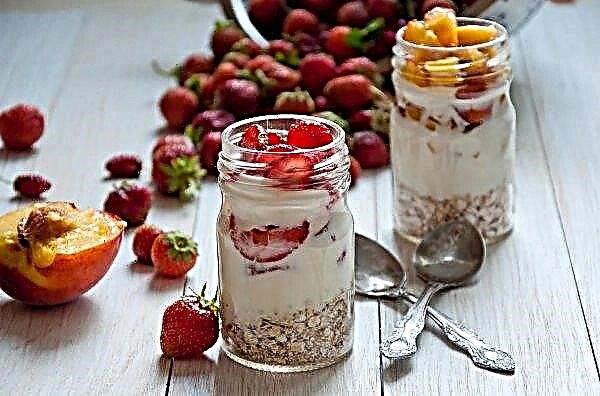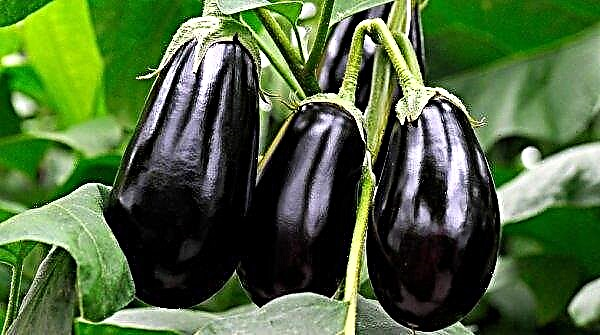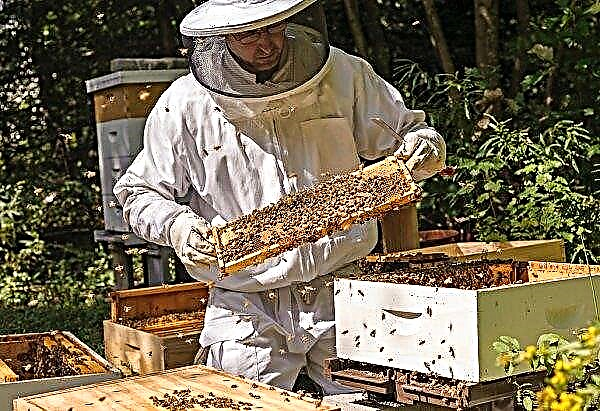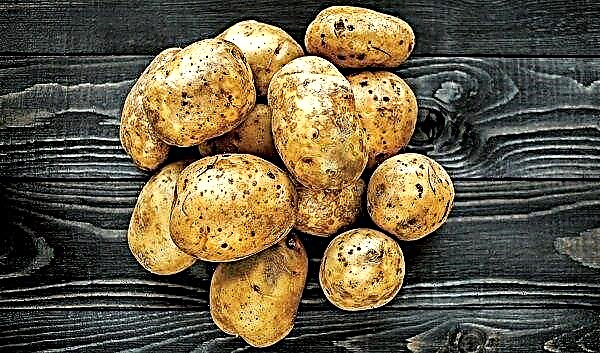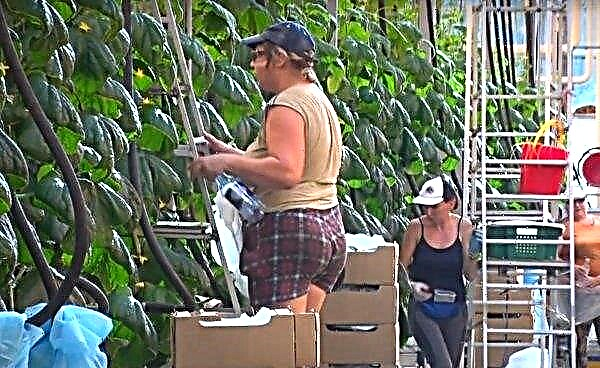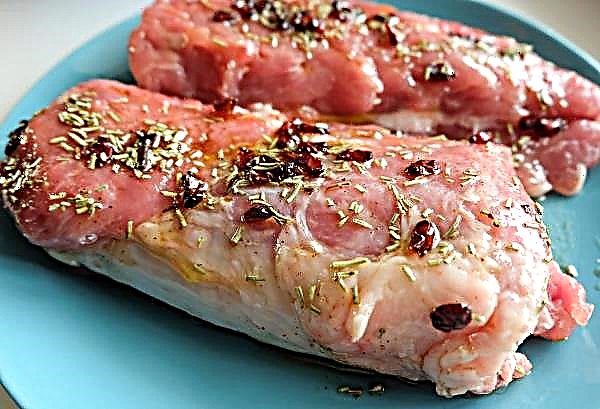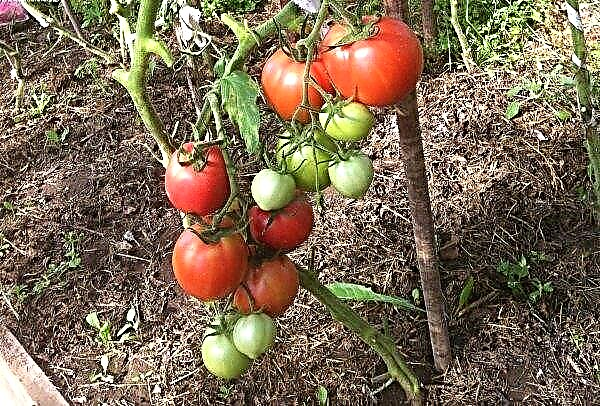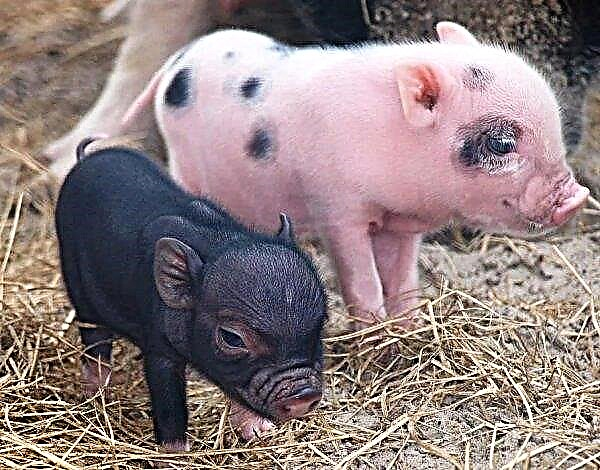Many happy owners of summer cottages thought about how to engage in poultry farming. But most summer residents are stopped by a lack of knowledge and a fear of difficulties, and above all it is a matter of winter keeping a bird in the country. In the article we will try to figure out whether it is possible to keep chickens in the country in the winter and how to do it.
Is it possible to keep chickens in the country?
Of course, chickens can be bred in the suburban area. Moreover, under certain circumstances, you can not only provide your own family with eggs and meat all year round, but also this hobby can bring a small income.
As for the winter keeping of birds, here the first and most important necessary condition is the presence of a warm chicken coop on the site. The best, of course, is the capital structure, but they also manage with other options:
- conduct good thermal insulation, ventilation and additional heating in a light chicken coop;
- used for wintering greenhouses or greenhouses (a light chicken coop is placed in them).

- Among the advantages of poultry breeding in the country should be highlighted such
- all year round you will have fresh eggs and meat of your own production (you yourself know how you feed them, doubts about the use of antibiotics disappear by themselves);
- the possibility of making some profit;
- This is a completely budget version of egg and meat poultry farming;
- no special knowledge, special training, equipment, care, grazing, cleaning, etc. are required.
- There are only two deficiencies in the content, and the only significant one is the first:
- the need for a permanent stay in the country of one of the owners;
- for walking you should make a special courtyard of sufficient area if you do not want the bird to stomp and peck the beds.
Important! When choosing a breed of chickens for winter keeping, be guided by crosses and breeds that are well adapted to frost and at the same time maintain decent egg laying. Among these breeds, the following can be distinguished: Ushanka, Russian White, Minorca, Blue Andalusian, White Leghorn.
How to keep chickens in the winter at the cottage
In addition to preparing the chicken coop, it is necessary to work directly with the livestock: only the most healthy individuals with high productivity should be left for the winter. It is more advisable to let an old and weak bird under a knife, as it may not survive the winter.
Coop preparation for wintering
The main points that you need to pay attention to when preparing the chicken coop for winter:
- The bird housing should be carefully cleaned and disinfected.
- It is necessary to monitor the functioning of the ventilation system.
- Perches should be at least 0.5 m above the floor and at least 0.3-0.35 m from the wall.
- Everything that needs repair should be repaired.
- It is important to carry out work on the insulation of the premises, while paying particular attention to the presence of drafts (for chickens they pose a much greater danger than cold and frost). You need to do this this way: go inside and close the front door tightly, swipe along the joints and corners with a lit candle - in places where the flame starts to tremble and flicker, there is a draft.
- Need to check the lighting and wiring. This is an extremely important point, as using artificial lighting simulates the duration of daylight hours, which, in turn, affects egg production.

Warming
For normal keeping of chickens in the winter, the temperature in the chicken coop should be +11 ... + 18 ° С. This is the most comfortable temperature range so that the egg production of birds remains at the proper level. The main danger, as has already been said, is drafts, although in the event of a threat of a temperature drop below the specified limit, it is better to take care of an additional heat source.
You can combine the light source with an additional heat source. To do this, use infrared lamps or lamps with heating. They should be placed quite high, so that birds do not suffer from them.
In order for the layers to be sufficiently productive, they will artificially increase daylight hours in winter, on average, to 12–12.5 hours. It is more advisable to turn on the light in the morning, and at the same time.
Did you know? Chicken was domesticated in the east of the African continent, more precisely, in the territory of modern Ethiopia, about 1 thousand years BC.
Ventilation
Good ventilation is an essential element of a normal wintering season for any poultry. Ventilation must create a constant flow of fresh air and remove carbon dioxide and condensate from the room, which causes excessively high humidity. In turn, high humidity is one of the reasons for the decrease in egg production.
In addition, moist air can become a favorable environment for the development of pathogenic bacteria. Normal ventilation should function in such a way that the humidity in the room is 70%.
Features of feeding chickens in winter
In the warm season, feeding chickens does not cause any difficulties: this bird is unpretentious in its diet. In the summer, she has enough grain food and enough walking on the green grass, where the chicken will find vitamins and protein food in the form of various larvae, worms and insects.
In winter, the deficiency of vitamins and minerals has an extremely negative effect on the health of birds, a weakened bird may not survive until the warm season, and egg laying of hens noticeably decreases.
Important! Chickens can easily get sick from cold water, so the best option would be to equip the chicken coop with a heated drinking bowl.
So the primary task of the poultry breeder is to ensure the normal content of vitamins and minerals in the diet. A few useful tips regarding the winter diet of poultry:
- Feed the bird in winter at least three times a day, preferably four. In winter colds, any warm-blooded creature needs more energy, and its only source is food. Moreover, it is necessary that energy replenishment comes at approximately the same intervals, thus ensuring uniform heating of the body.
- The diet should be made as diverse as possible. Give the bird more fresh food, the preparation of which must be taken care of in the summer - this is hay, melons and pumpkins, coniferous flour.
- Lobsters and juicy feeds are given in the morning, after lunch and in the evening should be fed with cereals and animal feed.
- Give the bird yeast food - they are an excellent source of protein, vitamins and minerals in the winter.
- Try to germinate cereals before feeding the birds. In this case, useful enzymes and amino acids are formed in cereals, and the nutritional value of the feed increases.
- To compensate for the protein deficiency, use meat and bone meal, vitamin and mineral complexes.
- Try to at least occasionally introduce cottage cheese and whey into the diet.
- Take care of the constant presence in the chicken coop of chalk, shell, small pebbles and shells.
- Particular attention must be paid to water. It is necessary to provide the bird with round-the-clock access to clean, fresh water at room temperature.
- You should not even overfeed the birds even in winter - this is bad for their health and productivity. As a result of too much feeding, the laying hens become thick and lazy, and eggs are poorly laid.
- Assume that one chicken per day needs an average of 130–140 g of feed of all kinds. Based on this rule, break down the feeding periods so that the birds eat everything for the next meal.
 It is advisable to prepare feed for the winter from summer and early autumn, based on each chicken daily:
It is advisable to prepare feed for the winter from summer and early autumn, based on each chicken daily:- carrots, potatoes, beets - 95 g;
- cereals - 65 g;
- bran - 30 g;
- fish and bone meal - 2 g;
- chalk - 2 g;
- green feed - 45 g.
Multiply the above ration by the number of your hens, and the amount received by the number of planned days on which winter feeding is practiced in your area.
A few words about those foods that should not be fed to the bird:
- muffin;
- Rye bread;
- meat products;
- do not abuse beets, and you need to boil potatoes and carrots.
How to maintain bird hygiene and cleanliness in the chicken coop
In the warm season, the bird bathes in dust, then combing out insects. In winter, it is necessary to create layers of dust bath imitations. This is done using containers with ash and sand.
You can fence off the corner in the chicken coop with standing “rib” boards. The height of the sides of the sandbox should be between 25-30 cm, select the length and width based on the size of the chicken coop, an average of 40x50 cm will be enough, although you can vary the sizes, both in large and in smaller directions. The container or the intended angle is covered with ash mixed with sand at 2/3 of the height of the fence. Periodically, sand in the bathhouse needs to be loosened and the litter removed. Also, weekly clean the litter from the litter.
The container or the intended angle is covered with ash mixed with sand at 2/3 of the height of the fence. Periodically, sand in the bathhouse needs to be loosened and the litter removed. Also, weekly clean the litter from the litter.
Every 2–4 weeks, while walking the chickens, change the litter and ventilate the chicken coop. Once a month (also during walking) carry out a general cleaning: feeders and drinkers should be treated with antiseptics.
Organization of a place for walking
A large place for walking is not required, for example, for a dozen hens, 4-5 square meters will be enough. meters square.
It is advisable to enclose this place, and cover the floor with straw or old bedding. It is recommended to walk the birds in frosts down to –10 ° С (at lower temperatures frostbite of the extremities is possible), and the procedure should last 1.5–2 hours.
In addition, the time spent on the street in winter should vary depending on the characteristics of the poultry breed, which may be less or more cold-resistant.
Factors Affecting Chicken Egg Production in Winter
Due to objective circumstances, the egg production of laying hens is markedly reduced in winter. Among the most significant factors influencing this indicator, the following can be distinguished:
- shortened daylight hours;
- low air temperature;
- high humidity in the room where the bird lives;
- lack of natural greens, and with it vitamins and protein component of the diet;
- violation of biorhythms;
- feed imbalance.
Did you know? In chicken, at the level of the innate instinct, it is laid down that eggs should be laid in sufficient light. Even if the egg is “on the way” and it’s dark in the chicken coop, the bird will wait until morning or the light will turn on in the room.
As you can see, it is quite possible to keep chickens in the country and in the winter, provided that you are ready to seriously approach the issue of warming the future chicken coop.

